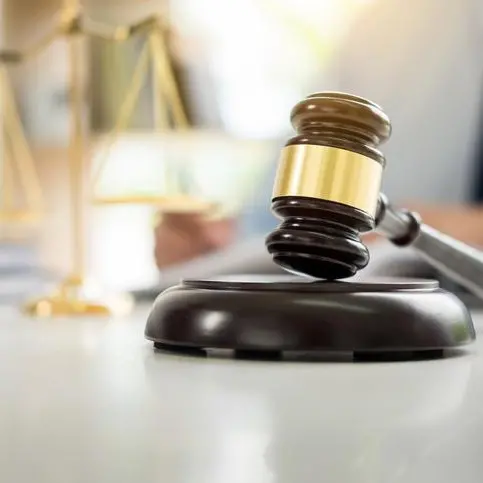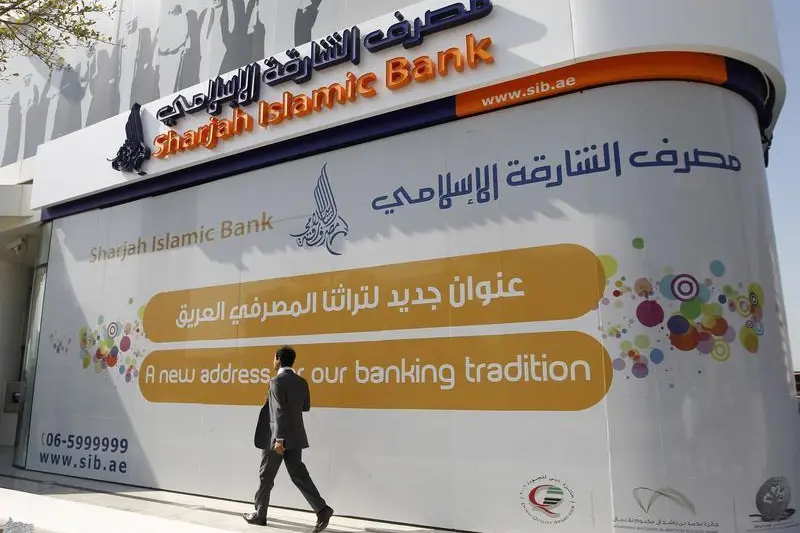PHOTO
Image for illustrative purposes only. An employee of the Korea Exchange Bank counts U.S. 100-dollar bills at the bank's headquarters in Seoul.Lee Jae Won
Winter is Coming!
We regularly receive requests to advise and assist clients on the collection of outstanding debts. The increase in debt recovery cases in the courts has prompted us to reflect further on debt management. This article discusses the reason why debt collection is becoming increasingly difficult, the legal processes one must go through to recover the debt and some precautions parties can take to reduce the risks.
Non-payment of invoices for goods or services is a financial concern for all companies, as they naturally depend on regular cash flow in order to operate their business normally. The collection of debt is an increasing problem as parties' perceptions of market conditions, i.e. whether the market has entered a downturn, has implications on the timing of release of funds by some parties to pay their suppliers' invoices.
Initial steps
Traditionally, having exhausted the usual communication channels, an early course of action is for the party owed money (the debtee) to issue a pre-action letter to the party who owes the debt (the debtor). This letter is important as it sets out the outstanding obligations and may allude to the legal ramifications should the debtor fail to pay. Typically, the debtor has delayed payment for some time and this pre-action letter sets out a strict deadline for payment of the debt and, sometimes, an invitation to meet to discuss and reach an alternative resolution.
Ultimately, the goal of such letter is:
Under UAE law, it is reasonably well established that a clear acknowledgment by a debtor of its obligation to the debtee, to pay the debt, with the intention that the debtee's corresponding right should be regarded as proven as against the debtor, will in effect be considered to be appropriate proof of the debt. See for example, Union Supreme Court Case 574 of Judicial Year 23.
Acknowledgment from the debtor must indicate that the right admitted is proved definitively and conclusively, in other words there is no doubt that the debt is payable, and the debtor in effect accepts that it must fulfill its legal obligation. However, if there is any debate over the validity or extent of the obligation (i.e. the admission is not definitive and conclusive), further legal analysis may be required to assess the likelihood of success in court.
Litigation
Irrespective of whether an acknowledgement of the obligation is obtained, the next step in recovering an unpaid debt would be a civil claim. Whether the claim will be handled by the courts, or is subject to arbitration, depends on the underlying agreement.
The monetary value of the claim may also determine how and where the claim will be brought. Smaller value claims may not always justify the legal fees and costs associated with arbitration. For example, Dubai court fees are calculated based on claim amount (and capped at AED 40,000) which provides a straightforward debt collection process. There is, however, no such cap in the Abu Dhabi courts. The DIFC Courts have a small claims process which can also be cost effective.
However, certain parties still elect to include arbitration clauses to protect wider interests. We also occasionally see arbitration clauses that endeavor to specifically exclude claims related to unpaid invoices in an effort to ascribe those to the jurisdiction of the courts. While enforceable, in principle, this approach can lead to complications if not carefully drafted, for example if various other matters are also at issue, including non-performance, or breach of non-monetary rights.
Risks
When considering debt recovery actions in court or arbitration, one must also consider the possible impacts of delay and cost, together with the risk of not achieving a positive outcome. This requires careful analysis at the outset. When conducting such assessment one must also take into account the solvency of the debtor, and the strategy for future enforcement against valuable assets.
Negotiation and Settlement
Taking into consideration all the potential risks, it is often best for parties to attempt to reach an amicable resolution before resorting to litigation or arbitration.
Commercially, it may be better to accept an immediate assured settlement, albeit of a lower amount, rather than risk a potentially lengthy and costly process in the courts or in arbitration. However, this requires both parties (and their lawyers) to work diligently to assess and reach a mutually acceptable resolution. Such a resolution may include providing extended payment terms or even the offer of a discount (conditional on payment).
Depending on the relationship between the parties and market conditions, companies may sometimes be willing to support the business continuity of their key clients. For example, if a key client has "cash flow problems" it may be better to continue to supply goods or services, on a controlled basis, to help the debtor's company manage its way back into profitability and payment. Such an approach would need to be extremely carefully assessed and managed, however, as it must be balanced against the possibility of increased losses by "throwing good money after bad."
Preventative Measures
Having significant levels of outstanding debt is not only a commercial liability but it can also have the unintended effect of providing provide leverage to the debtor, who may request unattractive repayment terms.
There are several ways to restrict such exposure. Having well-drafted contracts, and strong credit control, are the best ways to protect commercial interests. An investment in careful drafting to address payment terms and conditions, as well as effective dispute resolution clauses, can go a long way to avoiding lengthy and costly disputes later on.
Once a payment is late, immediately send reminders and obtain regular confirmations and acknowledgement of the obligation to pay. Also, consider promptly stopping supply of further goods and services if payment is not forthcoming. Having a clear paper trail will make it more difficult for the debtor to challenge the outstanding amounts in future.
Prior to "going legal", escalate the issue within the counterparty's organisation. Persistence pays off and often leads to the matter being taken up by decision makers who can resolve the matter.
Persistent follow-up usually means that there will be exchanges of emails and references to discussions. Having an extensive record of attempts to recover the outstanding debt will also be useful if court action, or arbitration, results at a later date.
If persistence does not work, consider issuing formal notices, including through the notary public. Getting served by a court bailiff always makes an impact and shows that the issue is being taken very seriously and has been actively escalated.
These kinds of measures, and others, can be taken to avoid being in a situation where one is chasing the payment of accounts, or worse still, considering write-offs.
© Hadef & Partners 2016





















